SonicGear makes a wide variety of audio products, and they have recently launched two new portable speakers – SonicGear SonicShuttle & SonicPod. They support Bluetooth 5.0, have RGB light effects, and have a companion app for more features.
Unboxing
Both the SonicShuttle & SonicPod portable speakers come with documentation and a USB-C cable for charging.
Tech specs
| Specs | SonicShuttle | SonicPod |
|---|---|---|
| Total system power | 30W | 15W |
| Pure system power (RMS) | 15W | 7.5W |
| Frequency response | 120Hz – 20kHz | 120Hz – 20kHz |
| Speaker driver | 2 x 52mm | 1 x 50mm |
| Impedance | 4Ω | 4Ω |
| SN Ratio | 70dB | 70dB |
| DC input | 5V/2A | 5V/2A |
| Bluetooth version | 5.0 | 5.0 |
| Battery | 5200mAh, 3.7V 12 hours @ 50% volume 6 hours charging time | 3000mAh, 3.7V 1-2 hours @ 50% volume 4.5 hours charging time |
| Speaker dimension | L200 x W90 x H44.5mm | L90 x W90 x H74mm |
Build quality and design
The SonicGear SonicShuttle has a unique boxy shape and is made mainly from plastic. The plastic used doesn’t feel very premium but it gets by being a simple all-black look. The front of the SonicShuttle features a RGB lighting strip if you’re into that. The top of the SonicGear SonicShuttle is where you’ll find the speaker grilles and on the back there is a small bass reflex port.
As for the SonicPod, it has a round shape – something like the one side of the Creative Pebble, but smaller. The plastic used on the SonicPod feels similar to that of the SonicShuttle, but this time it comes in white. There is also RGB on the SonicPod, and it will glow around the circumference of the inner speaker grille.
Here is how both speakers will look like with their RGB turned on:
Connectivity and controls
The controls for both the SonicGear SonicShuttle and SonicPod are located at the top, and are rather obvious given their text labels. The controls are touch sensitive. Thankfully, there is a lock/unlock feature to reduce accidentally tapping by tapping on both the power and light button.
The SonicGear SonicShuttle supports many options of connectivity. You can connect to the SonicShuttle via Bluetooth, 3.5mm audio in, USB-A thumb drive or even a microSD. SonicPod on the other band being smaller, will only support connection via Bluetooth and 3.5mm audio in.
Bluetooth wise, the connection is pretty reliable and has no issues with video-audio sync when testing with my iPhone 11 on YouTube app. Both the SonicShuttle & SonicPod portable speakers has a “TWS” mode. If you happen to get another unit of the same, then you’ll be able to use both as a stereo speaker as long as they are within 10m.
Battery life
Battery life for the SonicShuttle is pretty good, coming in at 12 hours of music play time at 50% volume. The battery onboard is a 5,200mAh one, which recharges fully in about 6 hours. On the other hand, the smaller SonicPod is only able to last 1-2 hours of music playback at 50% volume. Recharging it fully takes a slightly lesser time of 4.5 hours.
Sound quality
Before we get into sound quality, I’ll like to highlight something that seems to be a common “issue” with the SonicGear products I’ve tested so far. And that is the startup volume. Both the SonicShuttle and SonicPod have the same “issue” as the SonicGear Earpump true wireless earbuds, where they have a super loud startup volume when you turn on the device. I got a small shock as I wasn’t expecting such a loud startup sound.
Now let’s talk audio performance. The SonicGear SonicShuttle places an emphasis on high frequencies and has decent mids to go along with it. Bass is present but feels weak, which can make the overall sound lack depth. SonicShuttle has a bright sound signature which will sound good enough if your tracks you’re playing generally have lots of vocal work. That being said, treble can sometimes feel a tad airy and sibilant on some songs.
The SonicPod on the other hand, has a more balanced sound profile. Bass is not strong, but it has enough to support the upper frequencies to provide some level of depth and warmth to songs. The overall sound signature of the SonicPod is still leaning towards being bright. Volume wise, the SonicPod only be half as loud as it is rated at 7.5W RMS vs SonicShuttle‘s 15W RMS.
SonicGo! 2 app
Both the SonicGear SonicShuttle and SonicPod come supported with its companion app called the SonicGo! 2. The SonicGo! 2 app allows customizations to your SonicShuttle and SonicPod in terms of RGB light and EQ, and extra features such as radio FM.
The app’s UI still feels a little half baked and somewhat a prototype, but it is easy to use and navigate. The ‘Light’ section allows you to customize the RGB that is being shown. Taking the SonicShuttle as an example, you can refer to the video below for a better understanding:
It’s pretty interesting that the app has a Radio mode, so you can listen to the radio within this app without having to download other radio apps. You can scan and save multiple radio stations.
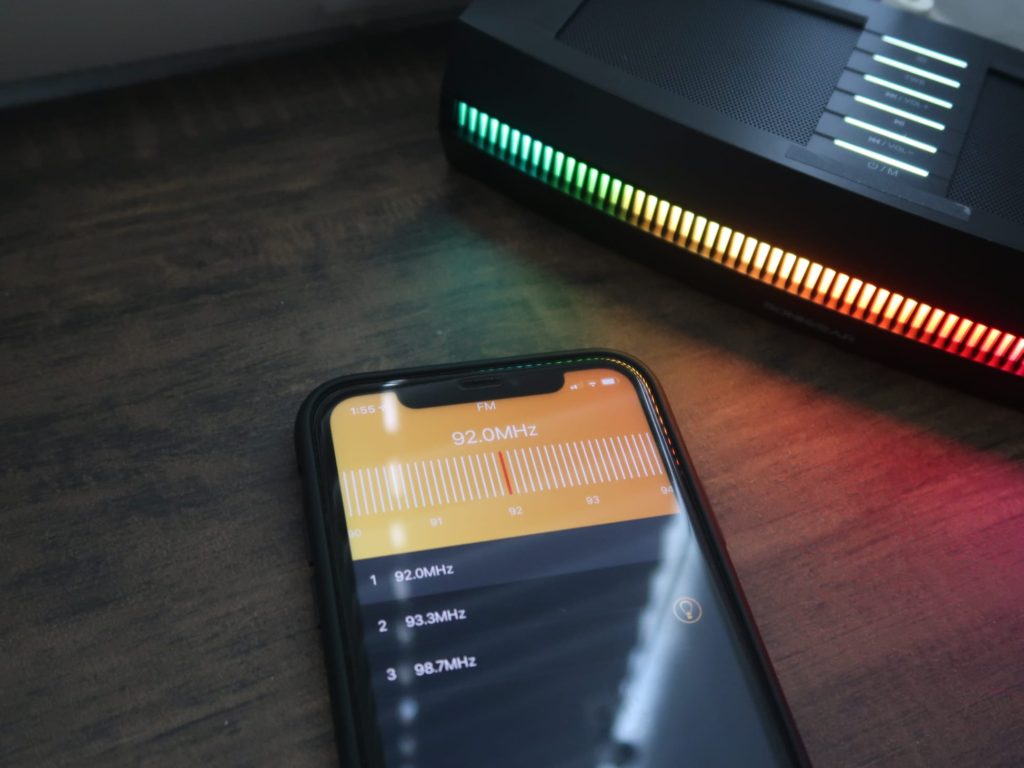
Lastly, there is EQ adjustment which a little cumbersome to access. You have to have some songs in your Apple Music library first you to trigger the function. The SonicGo! 2 app gives you presets which you cannot edit or adjust. I found the ‘Rural’ preset to be effective at balancing the sound profile for the SonicShuttle.
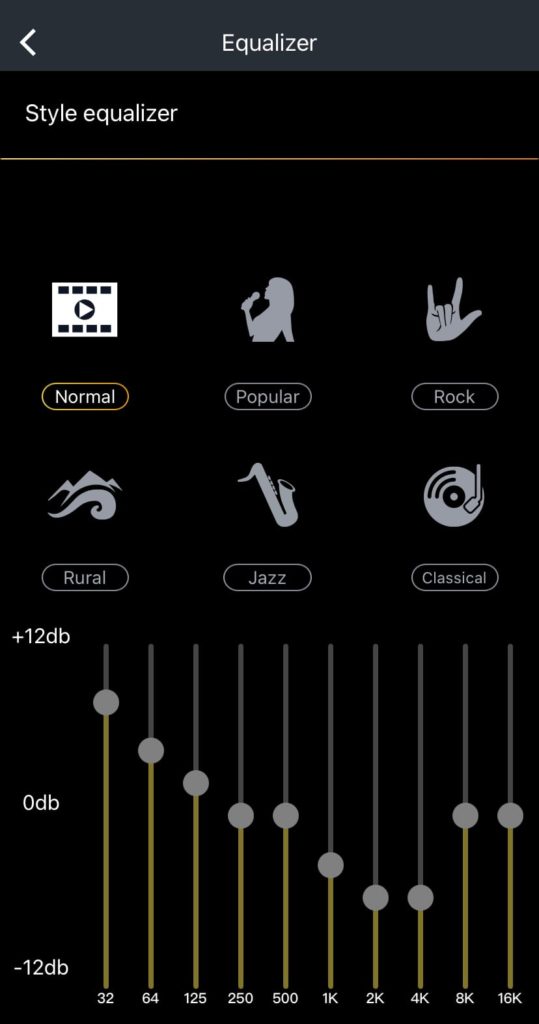
Conclusion
The SonicGear SonicShuttle retails for S$79.90. For that price, you’ll usually only be able to find small portable speakers, with volume that won’t be able to match that of the SonicShuttle. Also, the SonicShuttle offers a wide variety of connectivity options that others may not offer. So if want something that has some versatility and maybe has RGB then the SonicShuttle could be an option.
For the SonicPod, it retails for S$59.90 which doesn’t make it as price competitive as other options in this price range. Having said that, the SonicPod do have some tricks on its own such as the TWS mode which many small portable speakers do not offer.

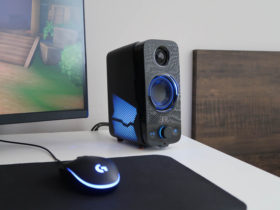
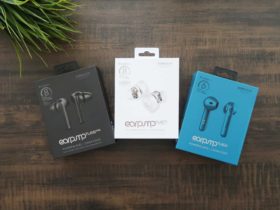
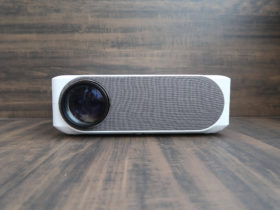
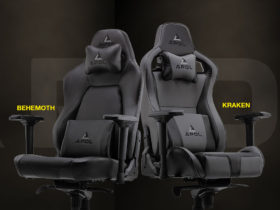
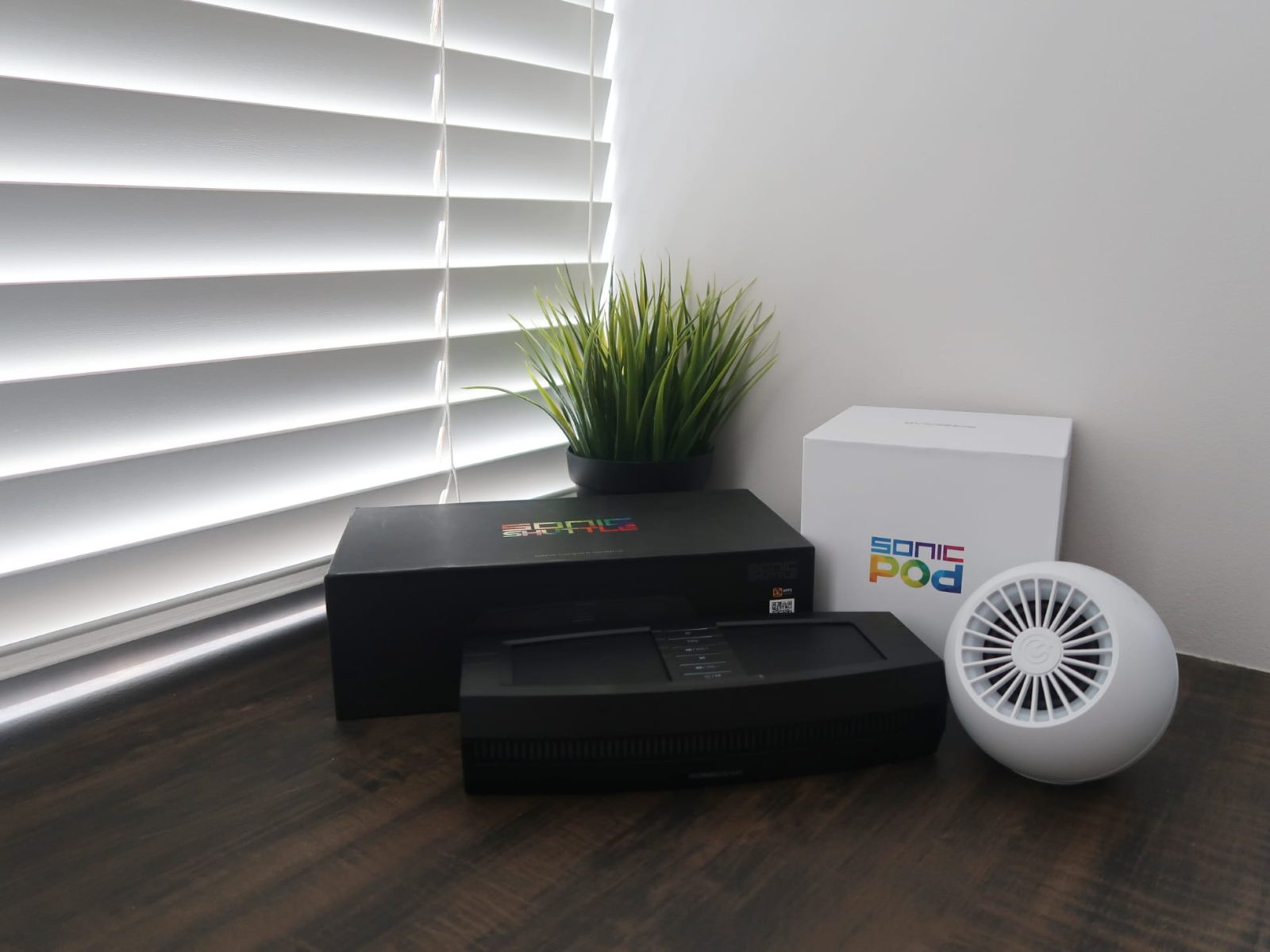

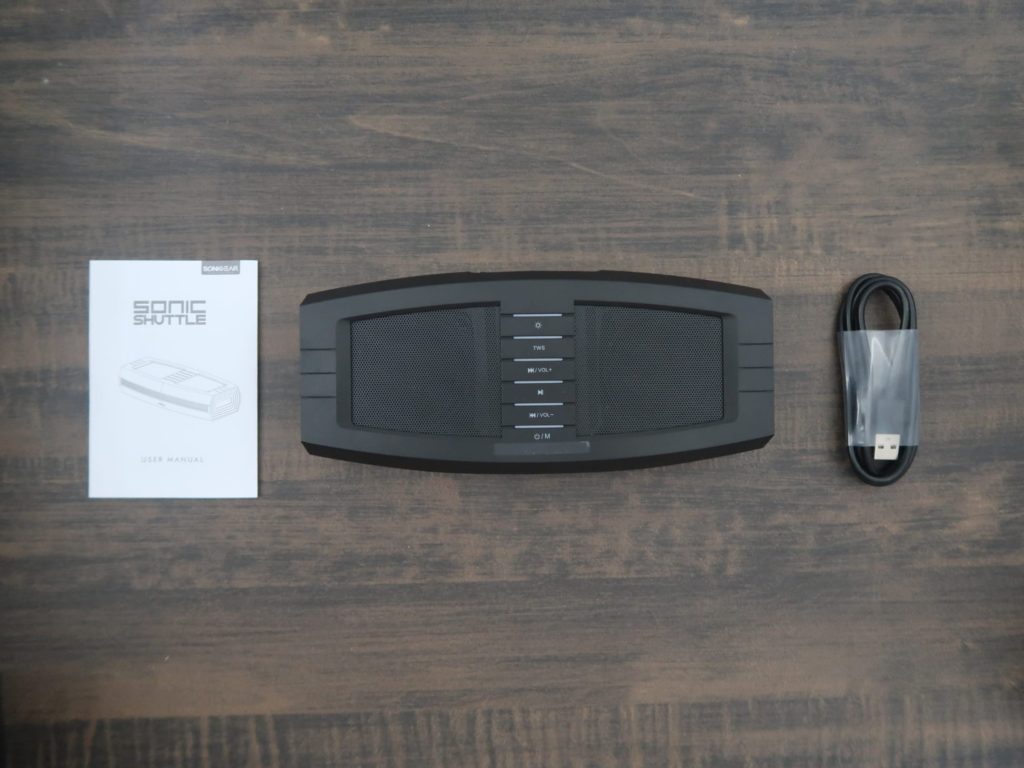
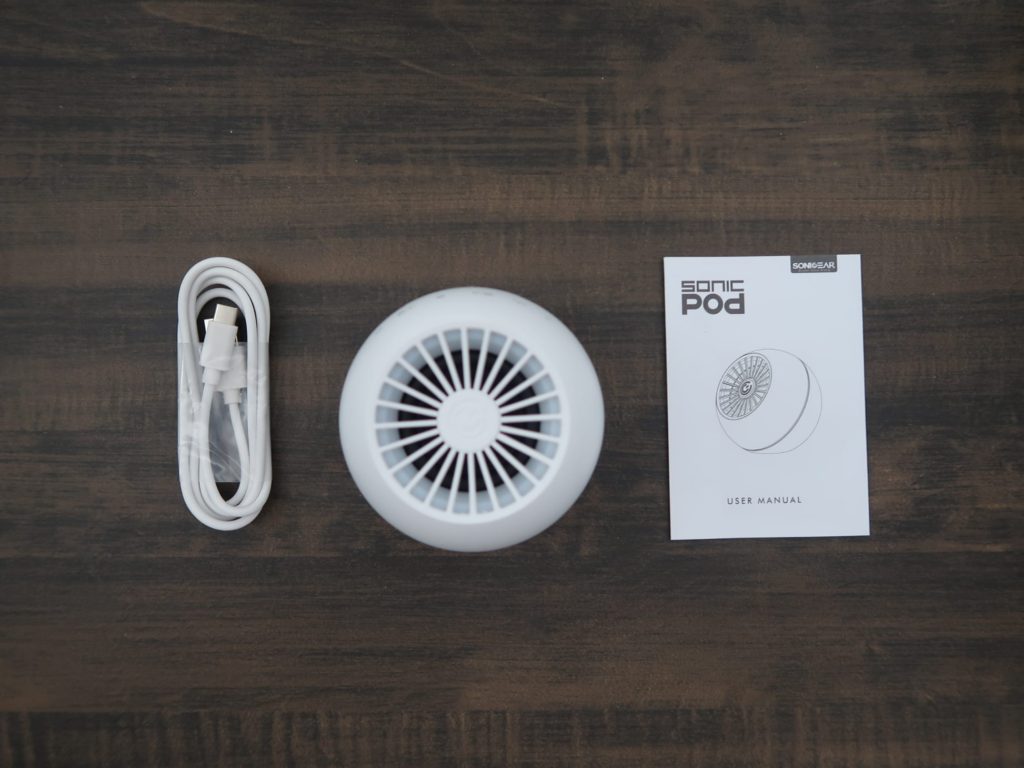
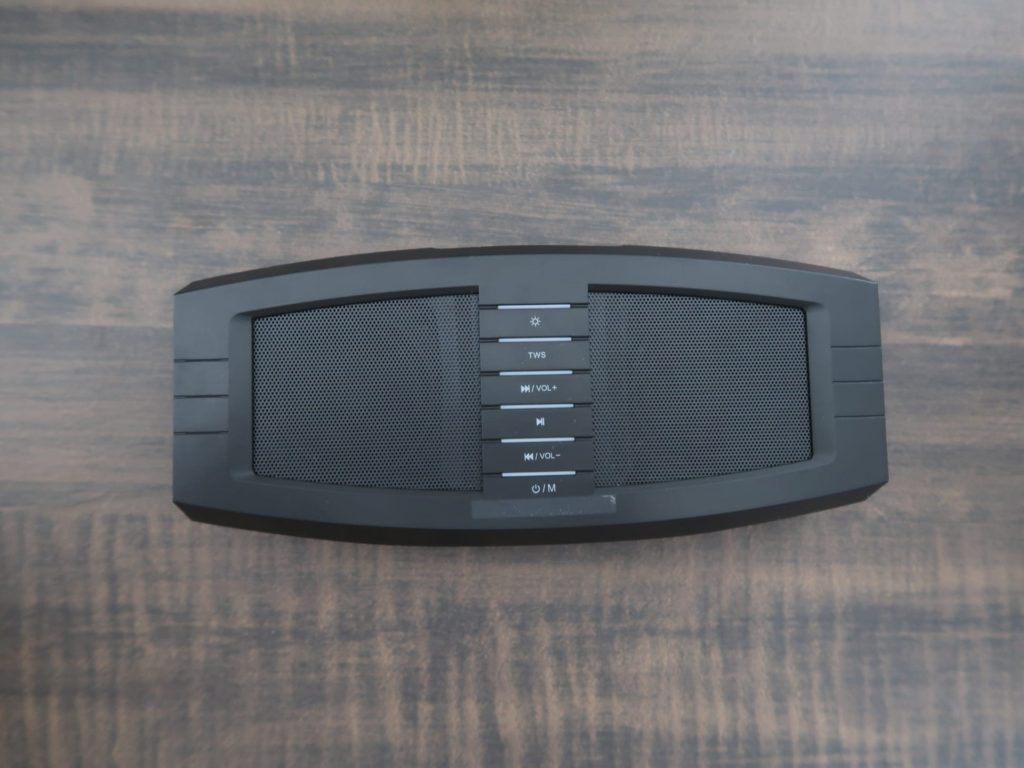
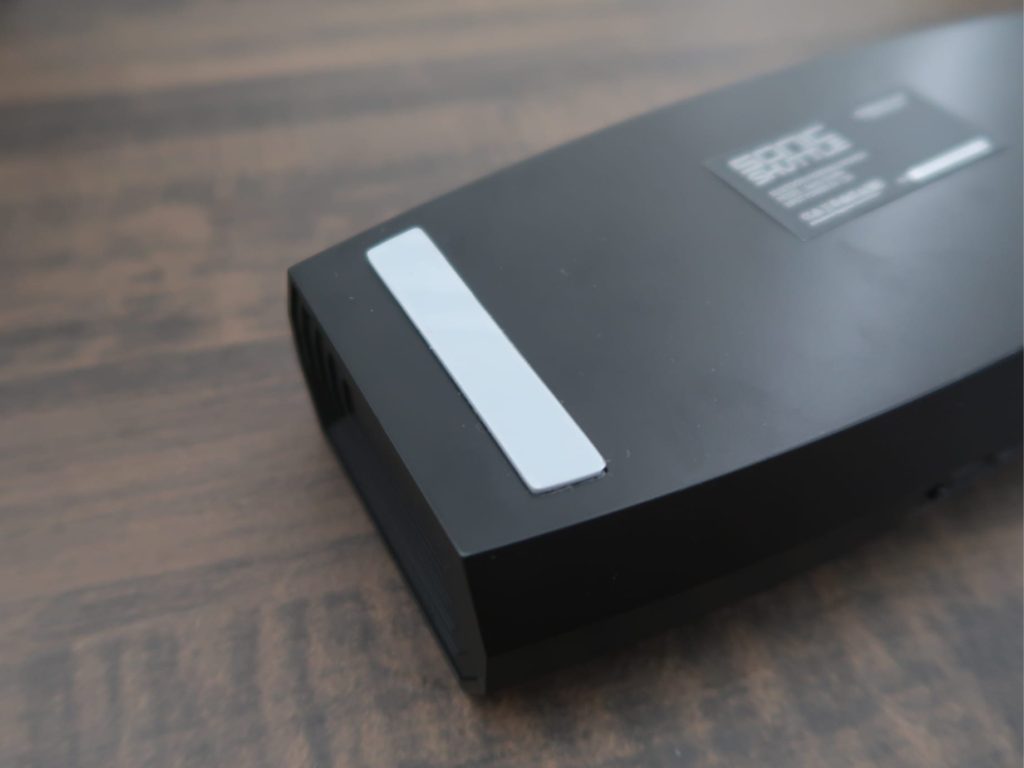
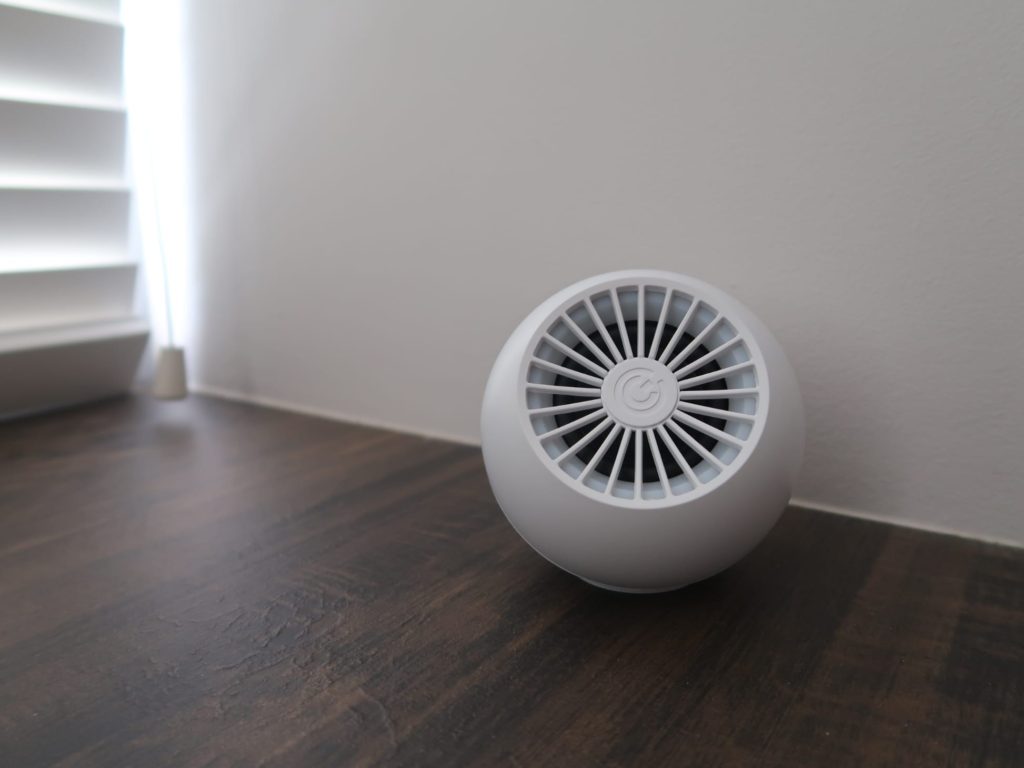
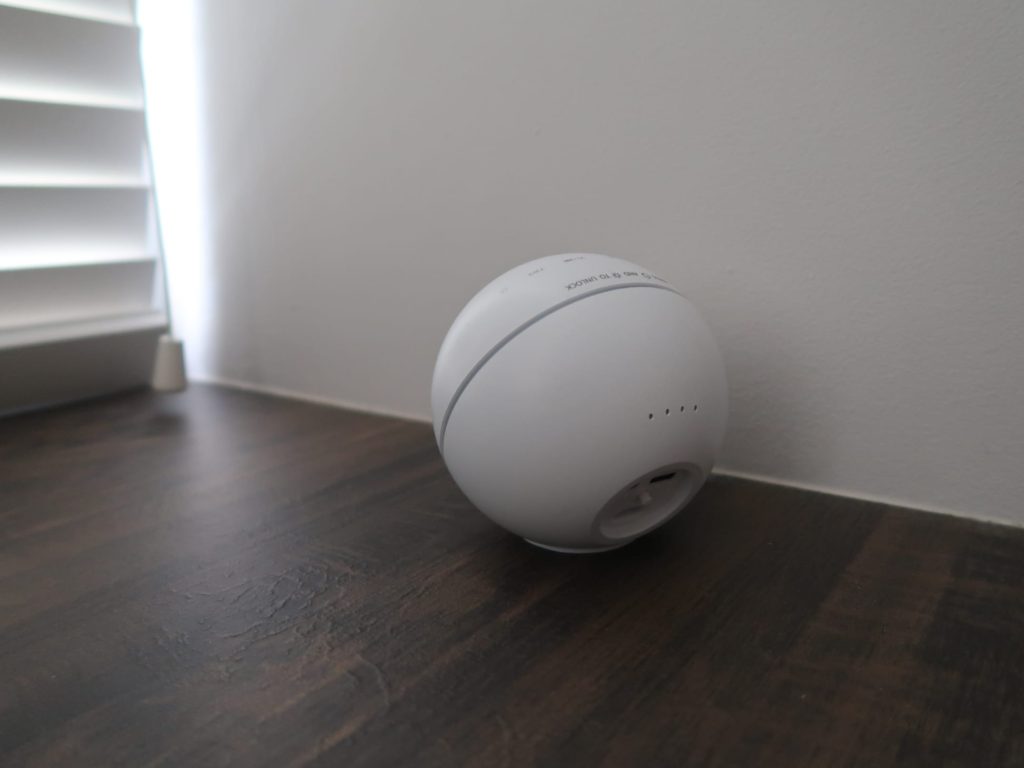
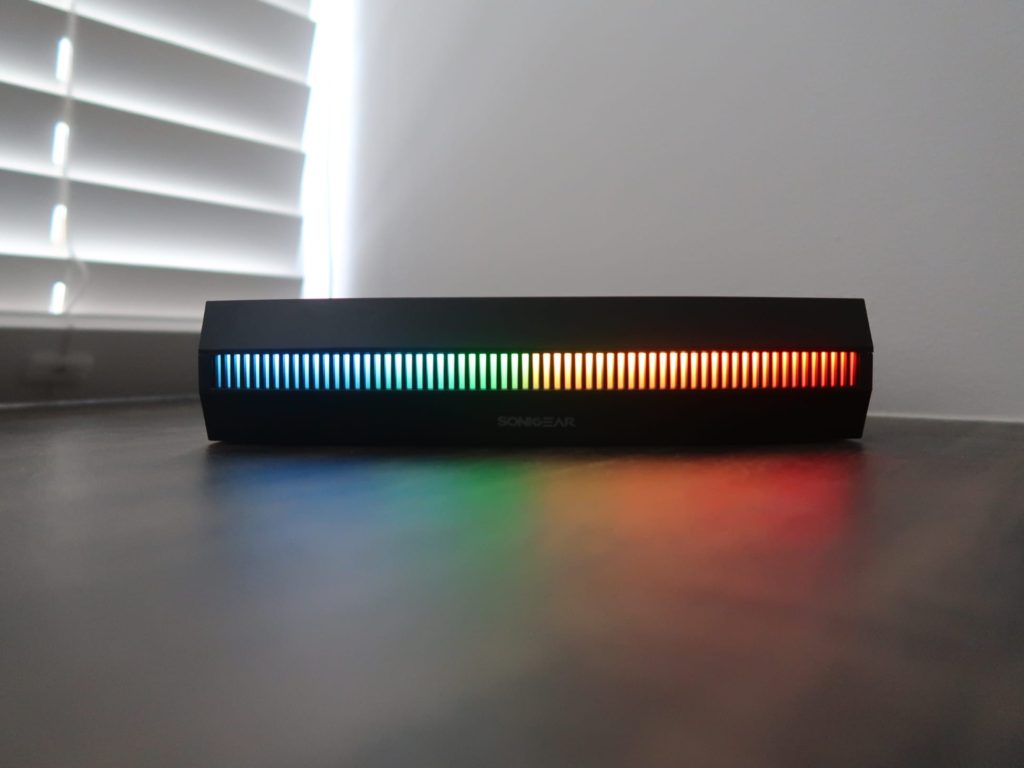
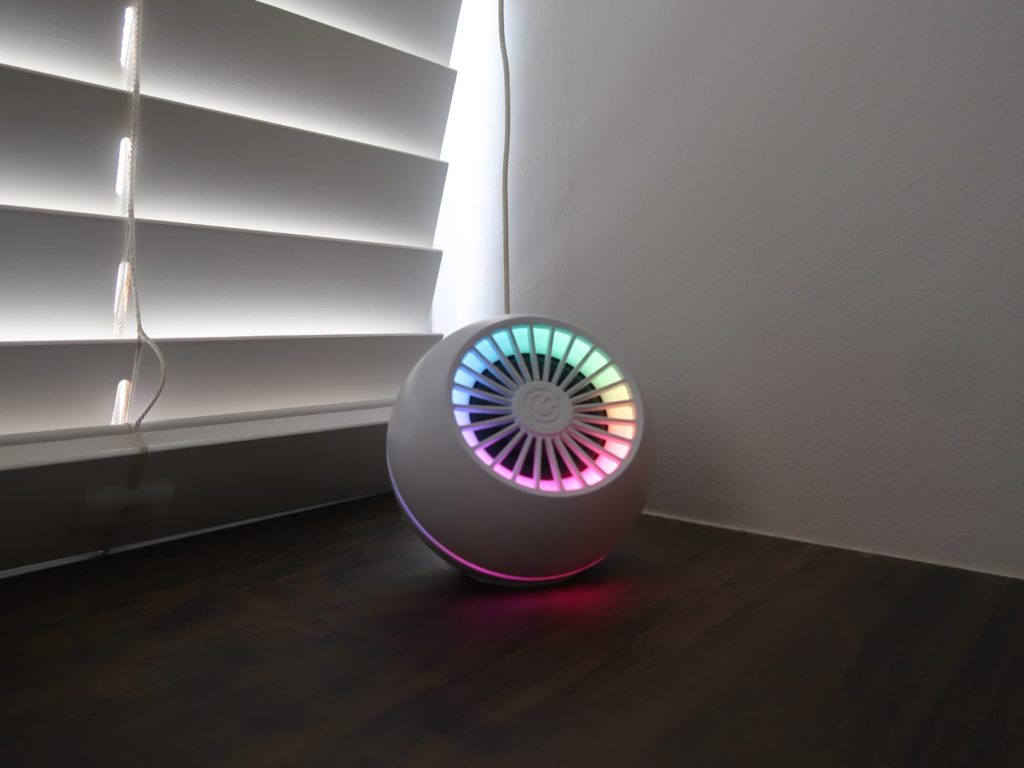
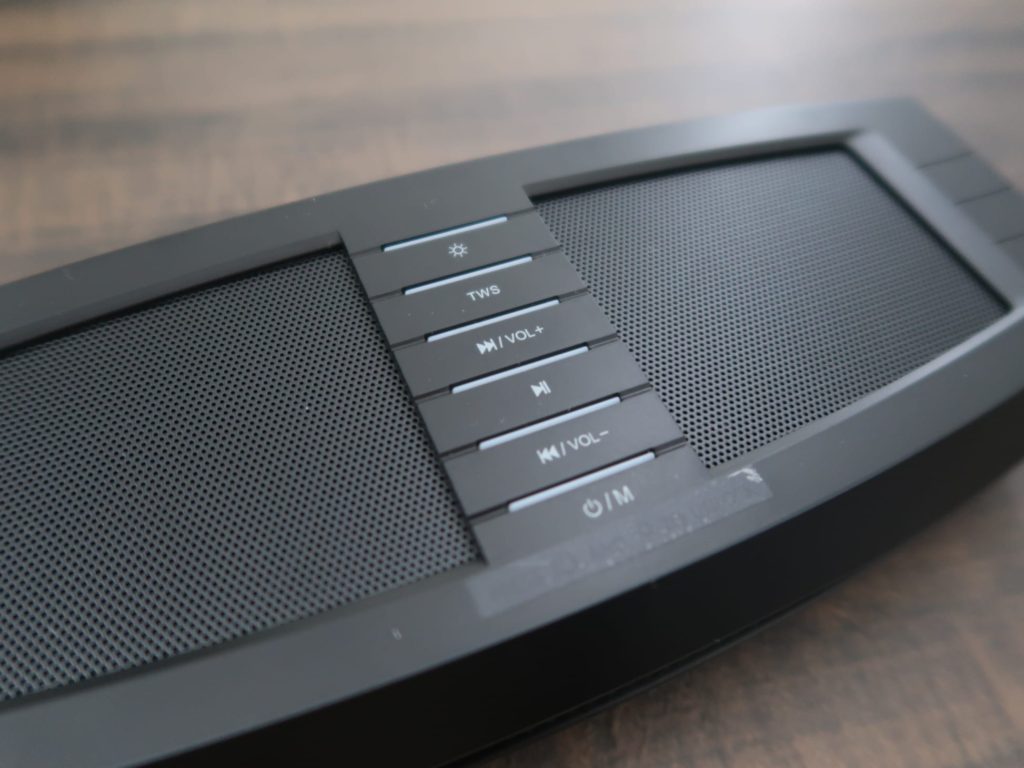
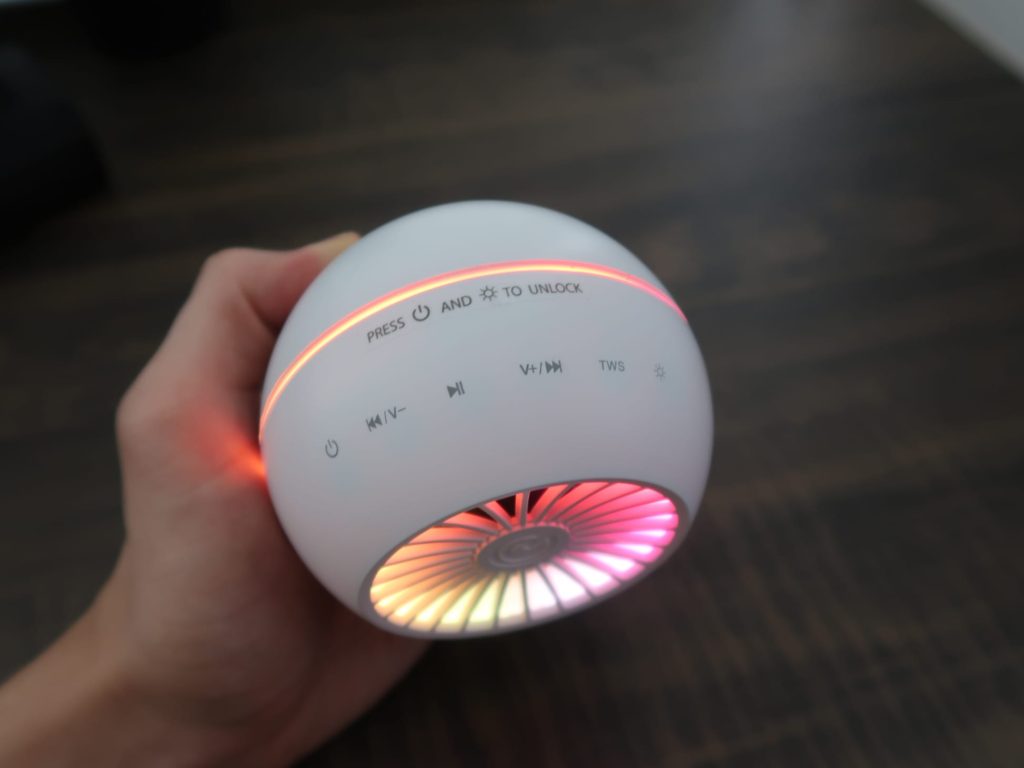
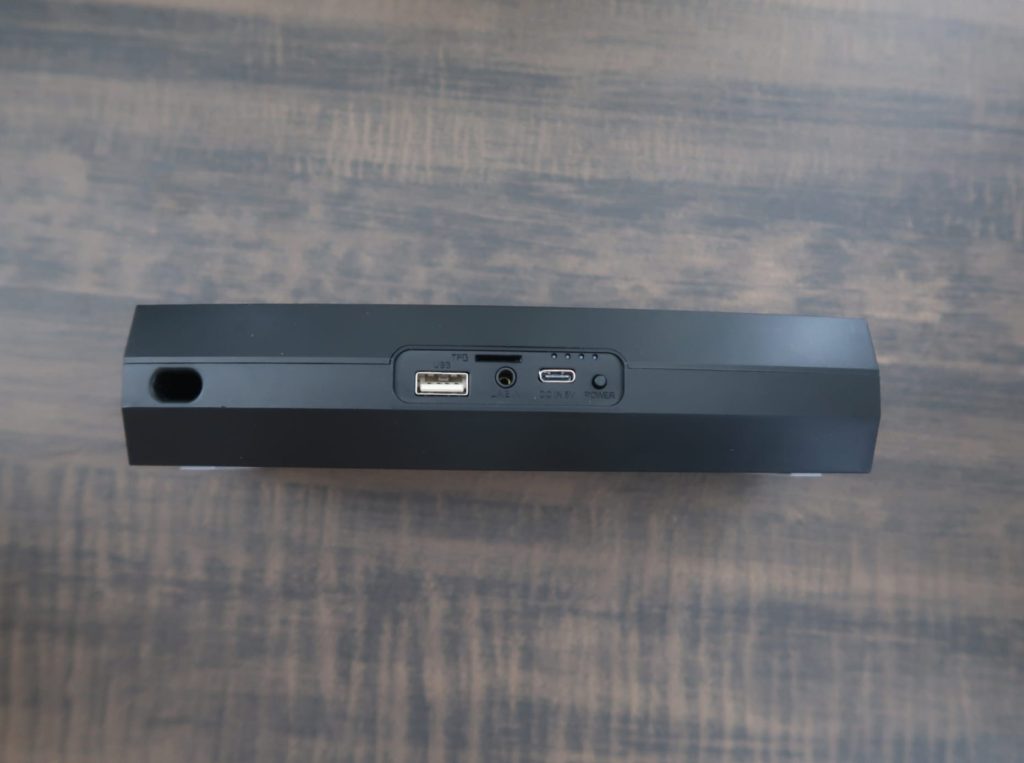
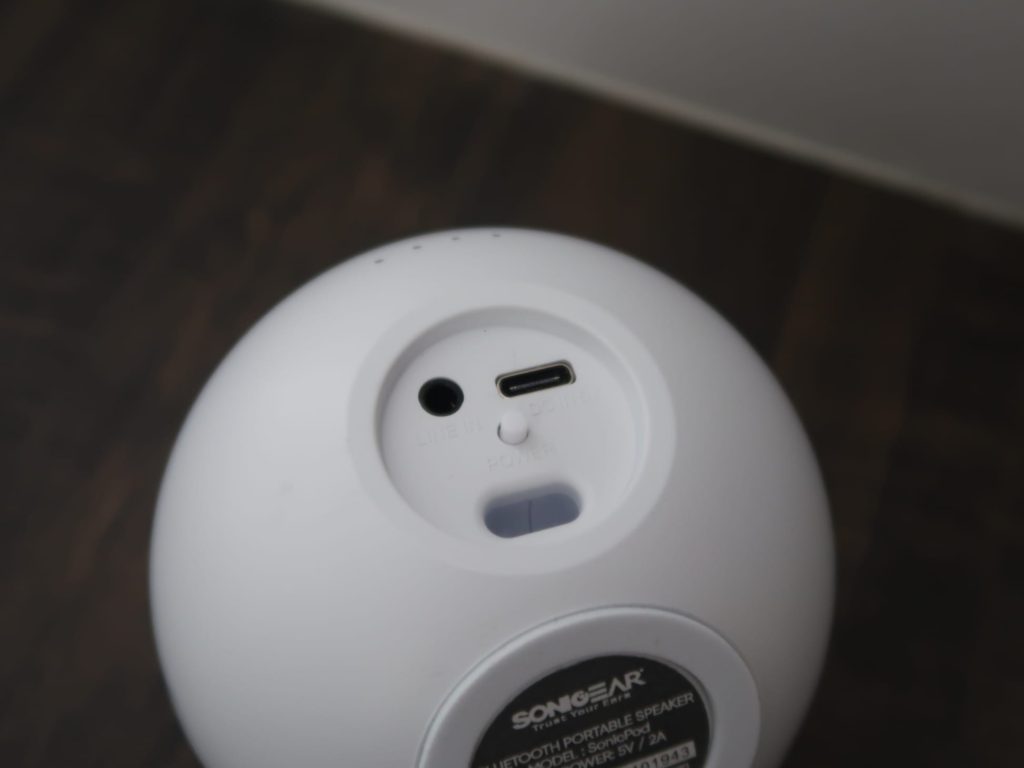
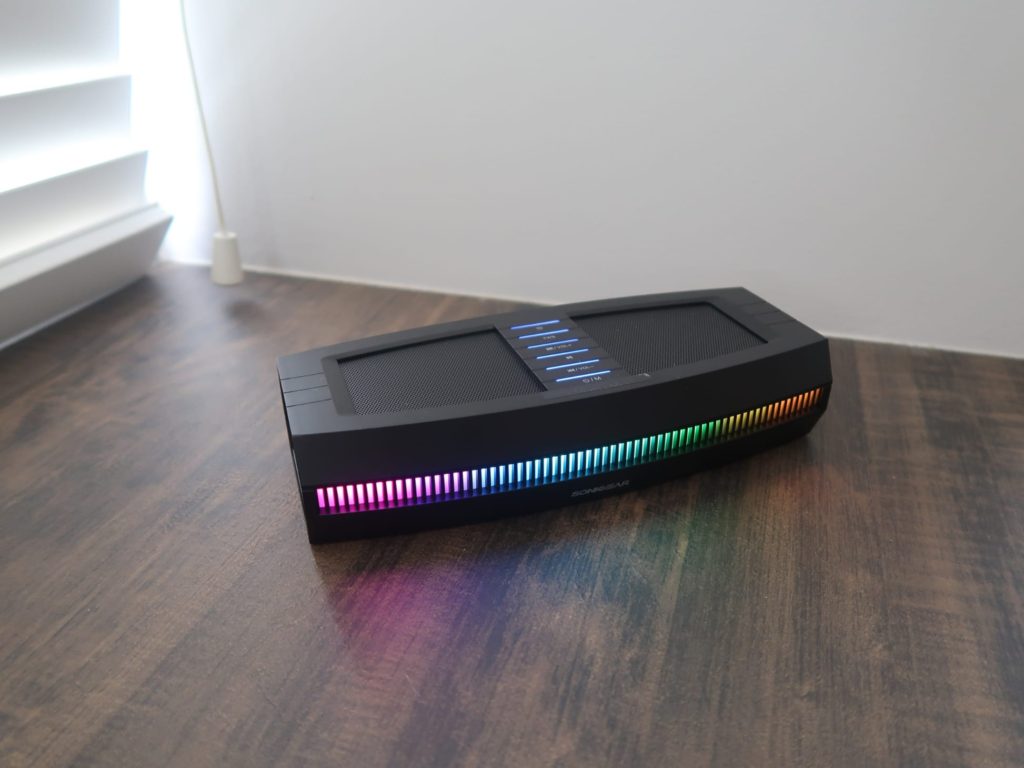








Leave a Reply